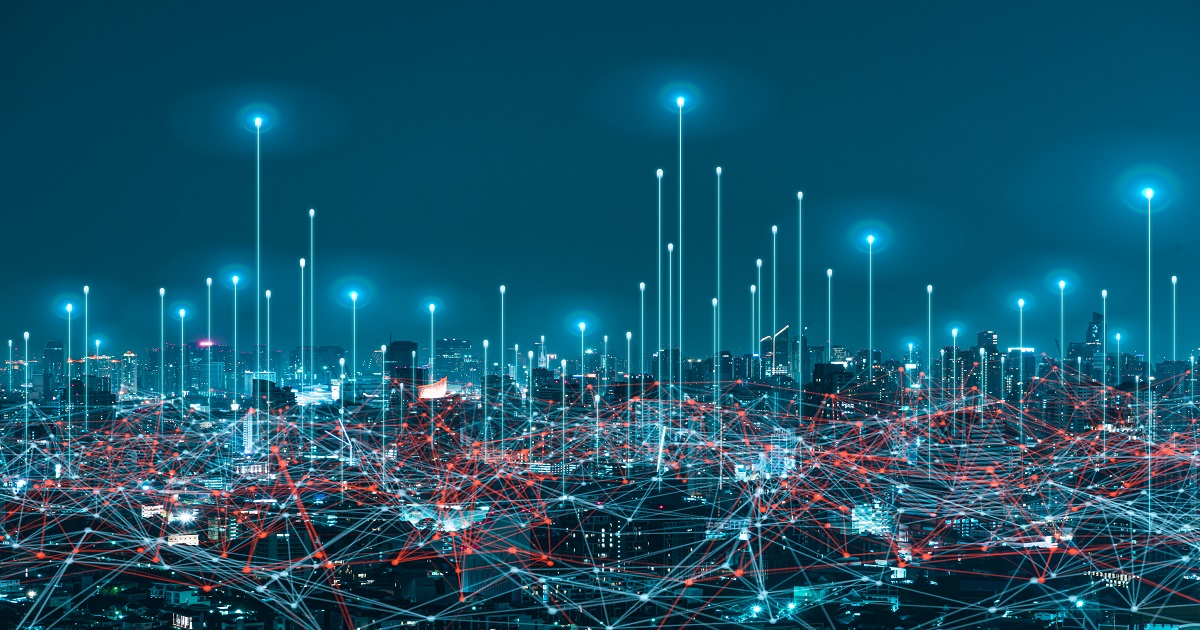Alper Yegin is CEO of the LoRa Alliance, leading its strategic direction and the global adoption of LoRaWAN technology for IoT. Previously, he chaired the LoRa Alliance Technical Committee for eight years and was vice-chair of the board for seven. With 25+ years in IoT and wireless communications, he has held senior roles at Actility, Samsung, and DoCoMo. A contributor to global standards, he holds 16 patents and has authored key technical papers.
I had the opportunity to interview him, as he was hitting his 6-month anniversary as the CEO of the LoRa Alliance.
CF: You’ve been on the job for about six months, but you’ve been active in the LoRa Alliance for years. What’s been the biggest shift from focusing on the technology to now managing the business of the Alliance?
LoRa Alliance CEO
AY: I chaired the Technical Committee for nine years and served as Vice Chair of the Board for six. So, I already had a broad view of the ecosystem. But, stepping into the CEO role has expanded my focus. Now, in addition to overseeing technical work, I’m responsible for certifications, marketing, regulatory issues, and overall organizational management.
The biggest shift is the need to think holistically – how all these parts connect and feed into one another. I now focus heavily on membership engagement, resource efficiency, and amplifying the potential of LoRaWAN through better awareness and education. It's not just about the technology anymore. It's about aligning everything to accelerate global adoption.
CF: There are major differences between the U.S. and the rest of the world when it comes to MNO adoption of LoRaWAN. What’s holding the U.S. back?
AY: The first wave of LoRaWAN adoption came from European public operators like Orange, Swisscom, and KPN. In the U.S., geography has been a barrier, covering such a large area requires significant investment.
That said, several U.S. operators are active with LoRaWAN, especially in private networks. Verizon deployed a private LoRaWAN network at State Farm Arena in Atlanta; AT&T launched its Connected Spaces facility management service using LoRaWAN; and Comcast’s subsidiary MachineQ has rolled out LoRaWAN in more than 10,000 Starbucks stores.
So, while we don’t yet have a U.S.-based public LoRaWAN network at scale, the private network buildout activity is strong and we expect public services to follow, potentially even via satellite with companies like EchoStar Mobile.
CF: Does LoRaWAN now support satellite? Which companies are doing this and are they using it as primary or supplemental coverage?
AY: Yes, LoRaWAN supports satellite. Its long-range nature makes it a good fit. EchoStar Mobile uses a GEO satellite and licensed S-band to provide pan-European coverage. On the LEO side, companies like Lacuna and Plan-S are actively delivering LoRaWAN services.
These satellite networks are ideal for use cases involving linear infrastructure – such as pipelines, power lines, and border monitoring – where building terrestrial coverage is cost-prohibitive. Other applications include natural resource monitoring, highways, wildlife tracking, and even remote utility metering.
While there are devices using satellite connectivity as one and only, primary way of connecting, there are also dual-mode devices that use satellite as a fallback. Such devices will prioritize terrestrial networks for cost and data rate advantages, then switch to satellite when out of range. It works much like how smartphones toggle between Wi-Fi and cellular.
CF: AI is now everywhere in IoT conversations. How is it impacting the LoRa Alliance and LoRaWAN?
AY: AI and IoT are complementary. IoT brings in data from the physical world; AI processes it and, in some cases, sends commands back to physical systems.
In LoRaWAN, we’re seeing AI at the edge. Some gateways now combine base stations with local core networks and run AI algorithms on-site. Sensors like cameras and vibration monitors also run AI onboard. Instead of sending full video or raw vibration data, they send outcomes like people counts or anomaly alerts. This keeps bandwidth low while enabling real-time insight.
CF: Many prospects are still hearing about LoRaWAN for the first time. How do we improve market awareness?
AY: We’ve been very focused on building the technology and products. In the past, marketing has lagged behind and one of my key goals since becoming CEO has been closing the gap between perception and reality.
We’re strengthening marketing, ramping up presence at industry events, and showcasing member success stories. There are so many compelling use cases that haven’t been widely shared yet.
For example, at IoT Solutions World Congress this May in Barcelona, we’ll have a large LoRa Alliance pavilion with 19 members demoing their solutions and a full-day conference track highlighting smart cities, smart lighting, and more. As our marketing efforts start to bear fruit, we’ll see the gap between the reality and the perception closing, currently former being ahead of the latter, and the two will be accelerating exponentially.
CF: I appreciate the interview and look forward to seeing more activities in the United States.
Edited by
Erik Linask





